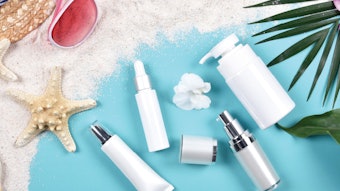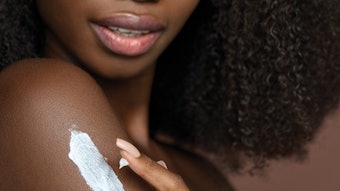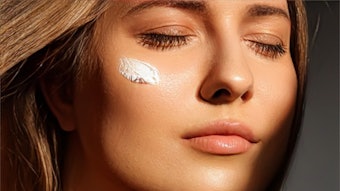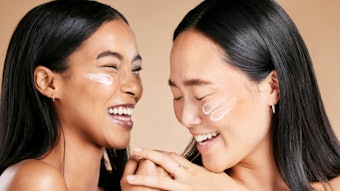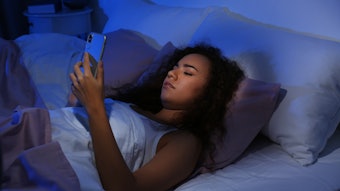The downside of sun exposure is something that is ingrained in your minds, and, as spa professionals, you pass this warning down to clients for their own well-being. But what about the upside of sun exposure? Doesn’t every living thing need a small amount of it to thrive?
Some benefits
According to Wikipedia, light therapy—also known as phototherapy—consists of exposure to specific wavelengths of light using lasers, LEDs, fluorescent lamps, dichroic lamps or bright, full-spectrum light. This route of treatment has been proven in various studies to assist in treating acne vulgaris, psoriasis and eczema. It also has been said that “smart” exposure to the sun can have similar positive effects.
And take a look at vitamin D, a much-needed nutrient that promotes the preservation of bone health. Katharine Tallmadge, a Washington, DC, dietician and a spokeswoman for the American Dietetic Association, suggests that most people can probably get the United States Department of Agriculture’s recommended 400 daily international units (IU) of vitamin D by spending 30–60 minutes outside per day.
According to the U.S. National Institutes of Health National Cancer Institute, a certain amount of exposure to sunlight actually may reduce the risk of some more common types of cancer. During an 11-year period, researchers for the organization analyzed death certificates from 24 states. They found that people who lived in the sunniest parts of the country, and those who were exposed to the most sunlight through their occupations, had significantly lower rates of breast and colon cancer than matched controls.
Another new study also suggests similar results. The key could lie in the amount of UVB light the skin absorbs—enough to stimulate a healthy, vitamin D-linked immune response in the skin, but not so much that it boosts skin cancer risk. The findings, from a group by immunologists at Stanford University and by pathology professor Eugene Butcher, are expected to be published in the March issue of Nature Immunology. The team worked with cells in a lab and discovered a biochemical chain of events that appears to link sunlight exposure to the skin’s own immune defenses. The study is far from conclusive, but it does pave the road for future research in this area.
The other side of the coin
However, it is important to remember that melanoma is the most serious form of skin cancer, and, according to the American Academy of Dermatology (AAD), one American dies every hour from it. Yet, there still are many myths regarding the sun that tend to be prevalent in today’s society.
“When we take a close look at these myths and evaluate the facts, the course of action is clear,” says dermatologist Darrell S. Rigel, MD, clinical professor at New York University Medical Center in New York City. “Until there is science that tells us otherwise, it is imperative that people protect themselves from the sun. Anyone concerned about not getting enough vitamin D should either take a multivitamin or drink a few glasses of vitamin D-fortified milk every day. Given the fact that the U.S. Department of Health and Human Services has declared UV radiation as a known carcinogen, exposing oneself to it for the sake of vitamin D is not the answer.”
The AAD recommends that everyone practice a smart sun protection program, including avoiding outdoor activities between the hours of 10 AM and 4 PM, when the sun’s rays are the strongest, seeking shade whenever possible, wearing a broad-spectrum sunscreen with a sun protection factor (SPF) of at least 15—reapplying every two hours, and wearing sun-protective clothing.
In this issue
Several experts share their opinions on sun protection in this issue. In “Sunscreen Technology, Regulations and Formulations,” cosmetic chemist Ken Klein discusses the state of sunscreens in the United States, as well as how a better understanding of sunscreens can lead to enhanced customer service for your clients. Also in this issue, David Sandoval shares his thoughts with you in the Viewpoint column “The Return of the Prodigal Sun.”
The bottom line is that it’s always smart to practice prevention when it comes to the sun. We know that we can’t turn back the clock and take back the years that we baked in the sun while slathered in baby oil. What we can do is teach our children and our children’s children about the importance of using sunscreen and staying out of the sun’s harmful UV rays—and practice what we preach.
Until next month,
Melinda Taschetta-Millane
Editor in Chief
